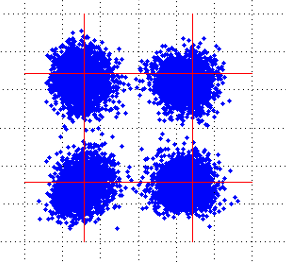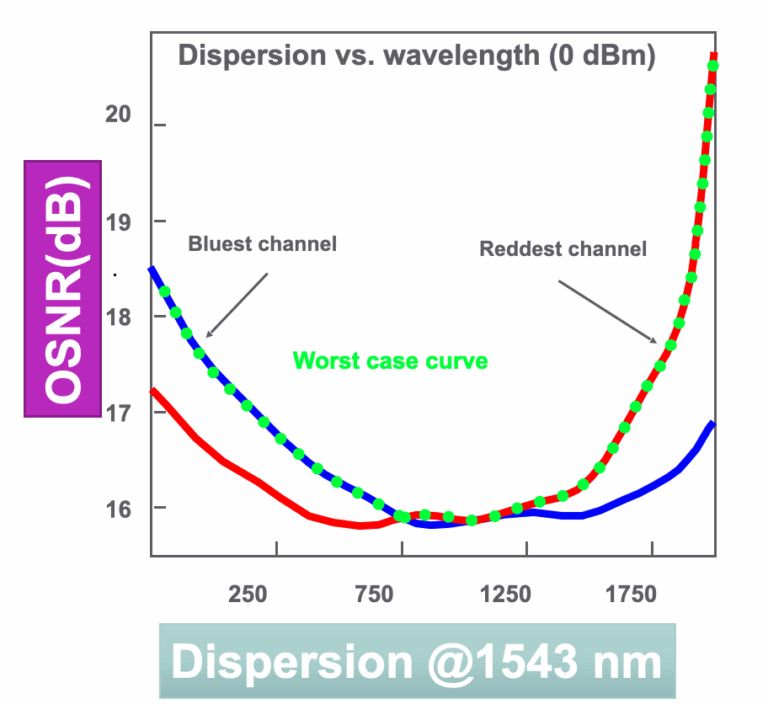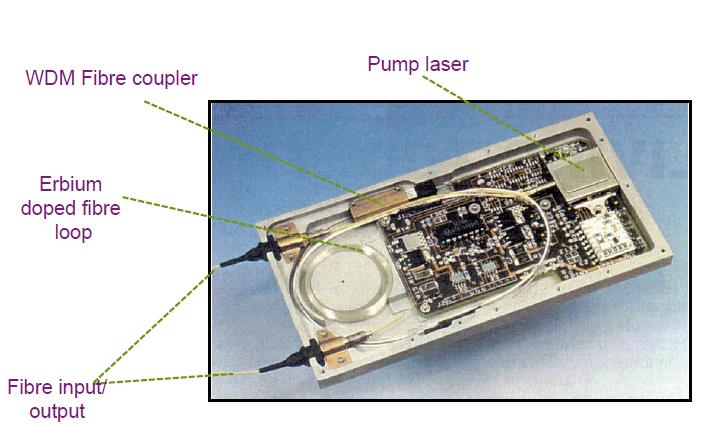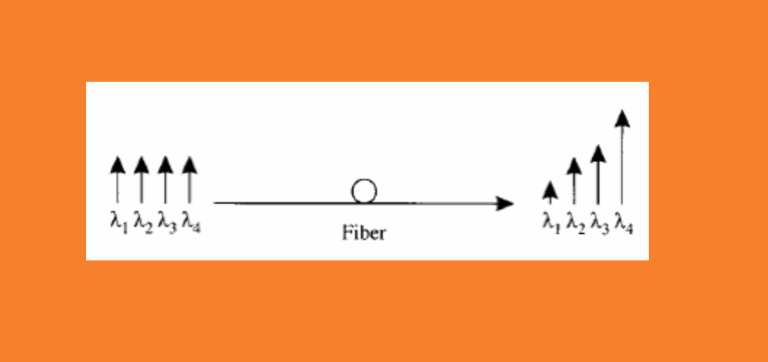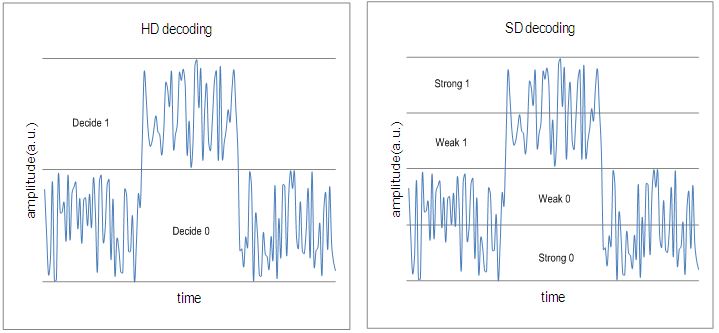HomePosts tagged “Signal quality”
Signal quality
Showing 1 - 8 of 8 results
Optical networks are the backbone of the internet, carrying vast amounts of data over great distances at the speed of...
-
Free
-
March 26, 2025
Understanding Q-Factor in Optical Communications Understanding Q-Factor in Optical Communications Signal Quality Metrics and BER Relationship What is Q-Factor? Q...
-
Free
-
March 26, 2025
In a non-coherent WDM system, each optical channel on the line side uses only one binary channel to carry service information. The service transmission...
-
Free
-
March 26, 2025
For coherent signals with wide optical spectrum, the traditional scanning method using an OSA or inband polarization method (EXFO) cannot...
-
Free
-
March 26, 2025
The main advantages and drawbacks of EDFAs are as follows. Advantages Commercially available in C band (1,530 to 1,565 nm)...
-
Free
-
March 26, 2025
Optical power tolerance: It refers to the tolerable limit of input optical power, which is the range from sensitivity to...
-
Free
-
March 26, 2025
When the bit error occurs to the system, generally the OSNR at the transmit end is well and the fault...
-
Free
-
March 26, 2025
Items HD-FEC SD-FEC Definition Decoding based on hard-bits(the output is quantized only to two levels) is called the “HD(hard-decision) decoding”,...
-
Free
-
March 26, 2025
Explore Articles
Filter Articles
ResetExplore Courses
Tags
automation
ber
Chromatic Dispersion
coherent optical transmission
Data transmission
DWDM
edfa
EDFAs
Erbium-Doped Fiber Amplifiers
fec
Fiber optics
Fiber optic technology
Forward Error Correction
Latency
modulation
network automation
network management
Network performance
noise figure
optical
optical amplifiers
optical automation
Optical communication
Optical fiber
Optical network
optical networking
Optical networks
Optical performance
Optical signal-to-noise ratio
Optical transmission
Optical transport network
OSNR
OTN
Q-factor
Raman Amplifier
SDH
Signal amplification
Signal integrity
Signal quality
Slider
submarine
submarine communication
submarine optical networking
Telecommunications
Ticker



